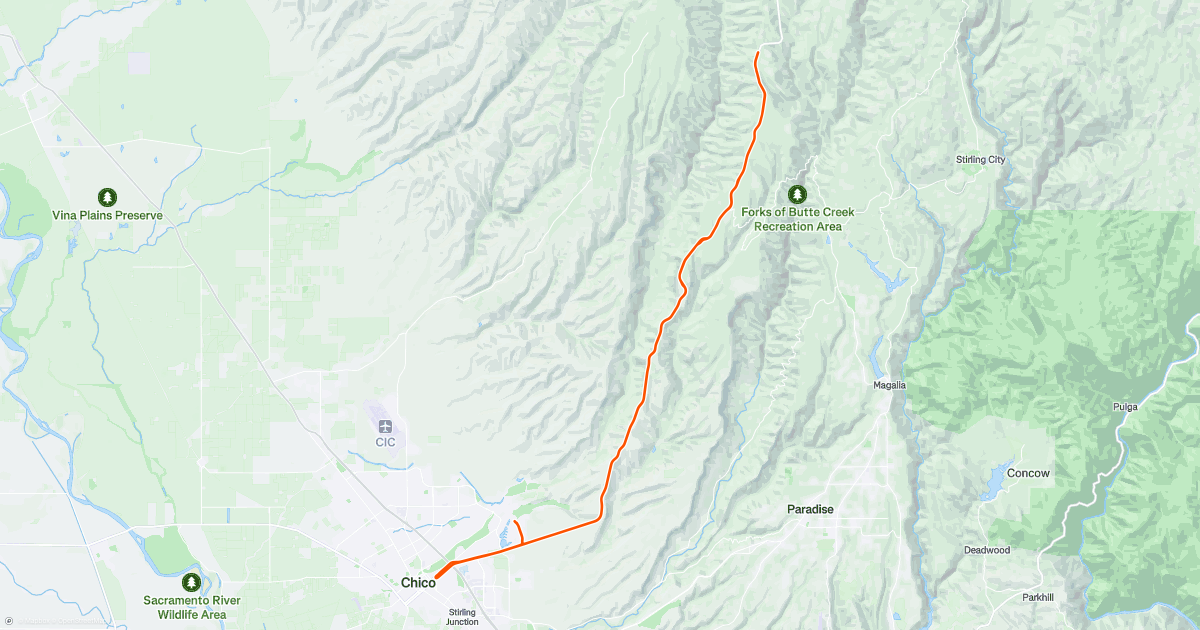When I saw you ask the crank length question, I thought, "Oh, here we go..." There's voodoo in this question.
These bikes put more strain on the knees than a DF, so dialing in the fit, including crank length, is important. Since the back is supported against the seat pan, you now have a solid surface to push against, kind of like doing a leg press at the gym. This is great for putting down power, but if the fit is off, you'll feel it in the knees. The rule of thumb is to have cranks short enough that when the pedal is coming over the top and heading into the power stroke, that knee is bent no more than 90 degrees. To apply power with the knee bent more than that can create strain. On a DF bike, the knees bend more than 90 coming over the top of the stroke, but you aren't putting down power at that point, partly because you have nothing to push against. It's almost like you're waiting for gravity to carry the leg over the top of the stroke, and by the time it does and you're ready to apply power, the knee is then in a better position to handle it. Having cranks on a bent that are a centimeter too long can be like riding a DF with the saddle a centimeter too low.
Up against that is crank leverage. I'm short, at 5'5", and I ride 160mm cranks. I started with 165, but they were a little long. I rode 160 happily for some years, but then some people here on the forum started experimenting with crank arm length and reporting their findings (I will let you to decide if you want to go searching for that rabbit hole). "If 160 was better than 165," I began to wonder, "would 155 be better than 160?" There was only one way to find out. I found an inexpensive used set of 155s on eBay that fit a spare bb that I had on hand, and I gave it a whirl. On the flats, they were great--a smoother pedal stroke, and maybe a tiny bump in speed. I definitely noticed a speed bump on downhills as the shorter cranks extended my ability to spin that 52/11. I even picked up a few downhill KOMs that eluded me with the 160s. But on the climbs--and I do love to climb--I noticed a decrease in leverage. Just as the 155s extended my downhill spin range, I had to spin an easier gear on the climbs. I felt slower, and climbing fairly quickly has always been my thing. I rode the 155s for a while longer--long enough to fully acclimate to them--then switched back to the 160s for the sake of comparison. It didn't take me long to know that I was "home" with the 160s, and I've stayed there since.
This is not me telling you that you should ride any particular length crank, but that there can be some trial and error with this particular metric, involving body mechanics, riding style, route tendencies, etc. I was glad that I experimented with those 155s (I sold them for just about what I bought them for); doing so confirmed that I have found my personal best crank arm length for my body and the kind of riding that I do.
Rotor and Aerozine make nice short cranks, and Praxis does as well, down to 160. One cool thing about Aerozine is that they use a flipchip at the pedal end that gives you a 5mm difference, depending on which way you have the chip flipped. It's like buying two crank lengths in one.






